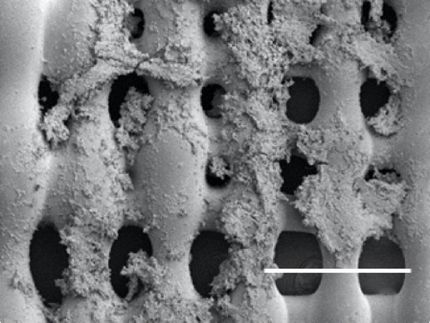OXiGENE Reports OXi4503 Phase I Interim Data
OXiGENE, Inc. , a clinical-stage, biopharmaceutical company developing novel therapeutics to treat cancer and eye diseases, presented interim results from an ongoing Phase I dose-escalation study of its oncology product candidate OXi4503 at the AACR-NCI-EORTC International Conference on Molecular Targets and Cancer Therapeutics. Separately, OXiGENE indicated that results from mechanism-of-action studies involving OXi4503 are published in Chemical Research in toxicology. OXi4503 (combretastatin A1 phosphate) is a dual-mechanism vascular disrupting agent (VDA) that OXiGENE is developing as a second-generation, follow-on to its lead VDA product candidate, ZYBRESTAT(TM), which is currently being evaluated in a pivotal registration study in anaplastic thyroid cancer under a Special Protocol Assessment agreement with the U.S. food and Drug Administration (FDA).
As reported by Dr. Dan Patterson and colleagues from Cancer Research UK, OXi4503 was observed to be well tolerated with no dose-limiting toxicity seen to date at dosages now corresponding to maximum-tolerated dosages in preclinical studies. Tumor blood flow shutdown and metabolic inactivation have been observed with MRI and PET imaging, and disease stabilization (stable disease per RECIST criteria) has been achieved in several subjects.
The ongoing OXi4503 Phase I study is an open-label, dose-escalation study designed to determine maximum tolerated dose, toxicity profile, pharmacokinetic and pharmacodynamic behavior, and functional / biological activity of the product candidate in patients with advanced solid tumors.
OXi4503 (combretastatin A1 di-phosphate / CA1P) is a dual-mechanism vascular disrupting agent (VDA) that is being developed in clinical studies for the treatment of solid tumors. Like its structural analog, ZYBRESTAT(TM) (combretastatin A4 phosphate / CA4P), OXi4503 has been observed to block and destroy tumor vasculature, resulting in extensive tumor cell death and necrosis. In addition, preclinical data indicates that OXi4503 is metabolized by oxidative enzymes (e.g., tyrosinase and peroxidases), which are elevated in many solid tumors and tumor white blood cell infiltrates, to an orthoquinone chemical species that has direct cytotoxic effects on tumor cells. Preclinical studies have shown that OXi4503 has (i) single-agent activity against a range of xenograft tumor models; and (ii) synergistic or additive effects when incorporated in various combination regimens with chemotherapy, molecularly-targeted therapies (including tumor-angiogenesis inhibitors), and radiation therapy.
Other news from the department research and development

Get the life science industry in your inbox
By submitting this form you agree that LUMITOS AG will send you the newsletter(s) selected above by email. Your data will not be passed on to third parties. Your data will be stored and processed in accordance with our data protection regulations. LUMITOS may contact you by email for the purpose of advertising or market and opinion surveys. You can revoke your consent at any time without giving reasons to LUMITOS AG, Ernst-Augustin-Str. 2, 12489 Berlin, Germany or by e-mail at revoke@lumitos.com with effect for the future. In addition, each email contains a link to unsubscribe from the corresponding newsletter.





















































